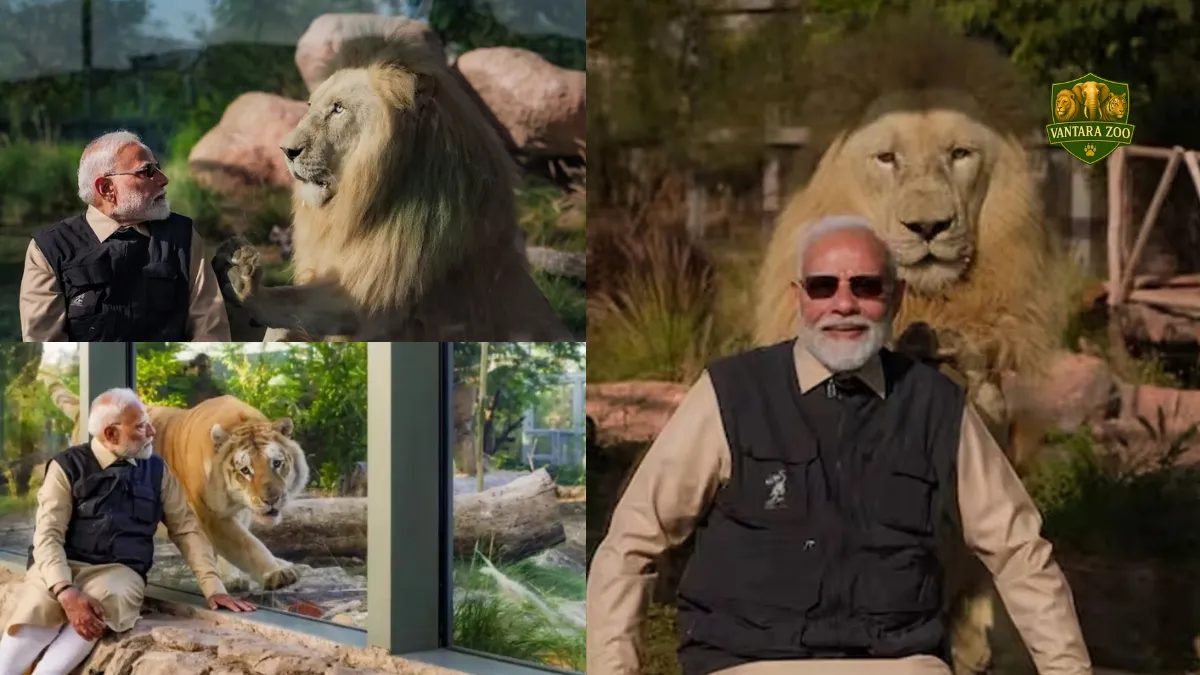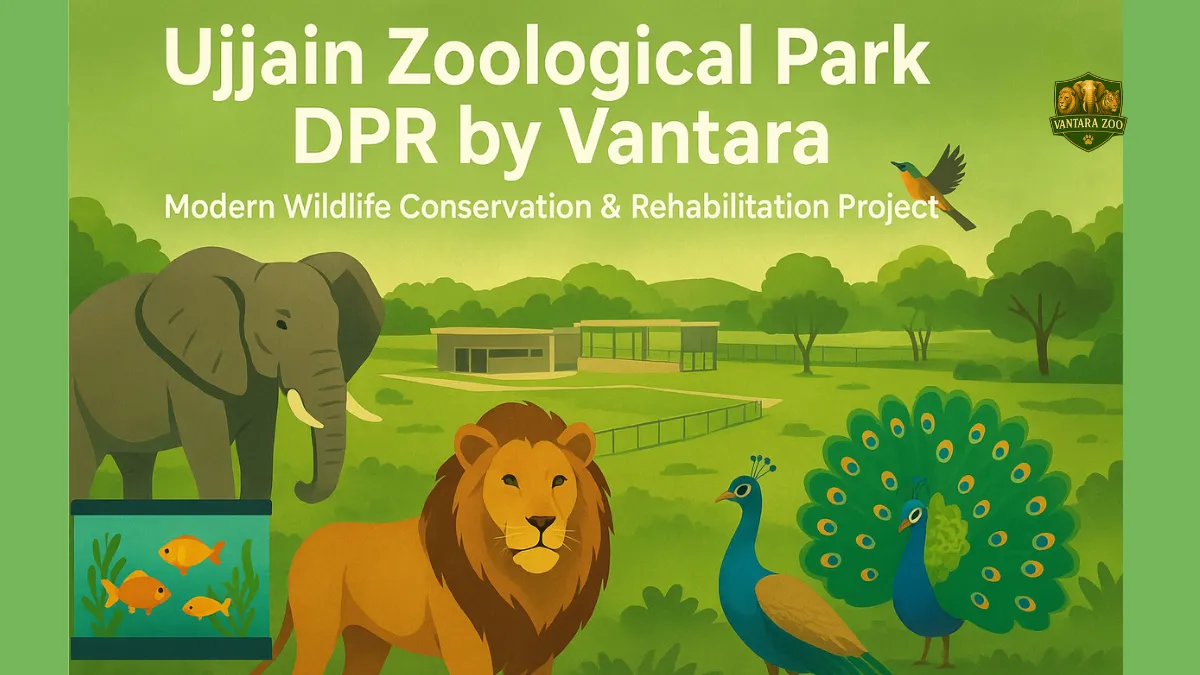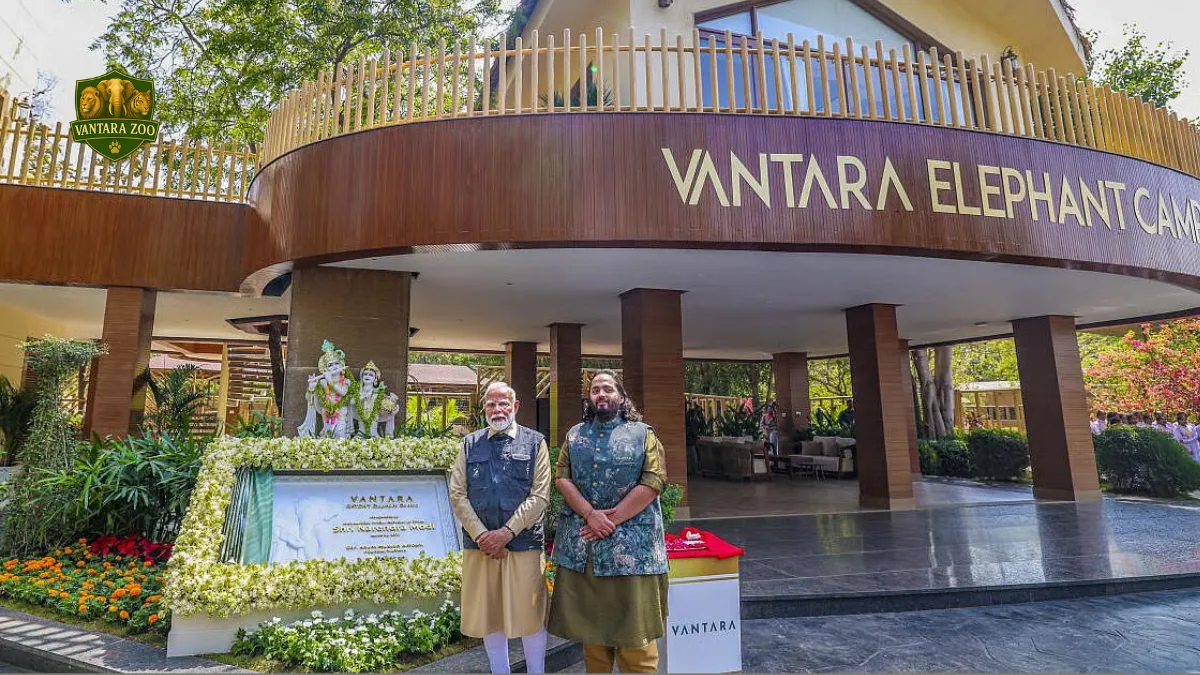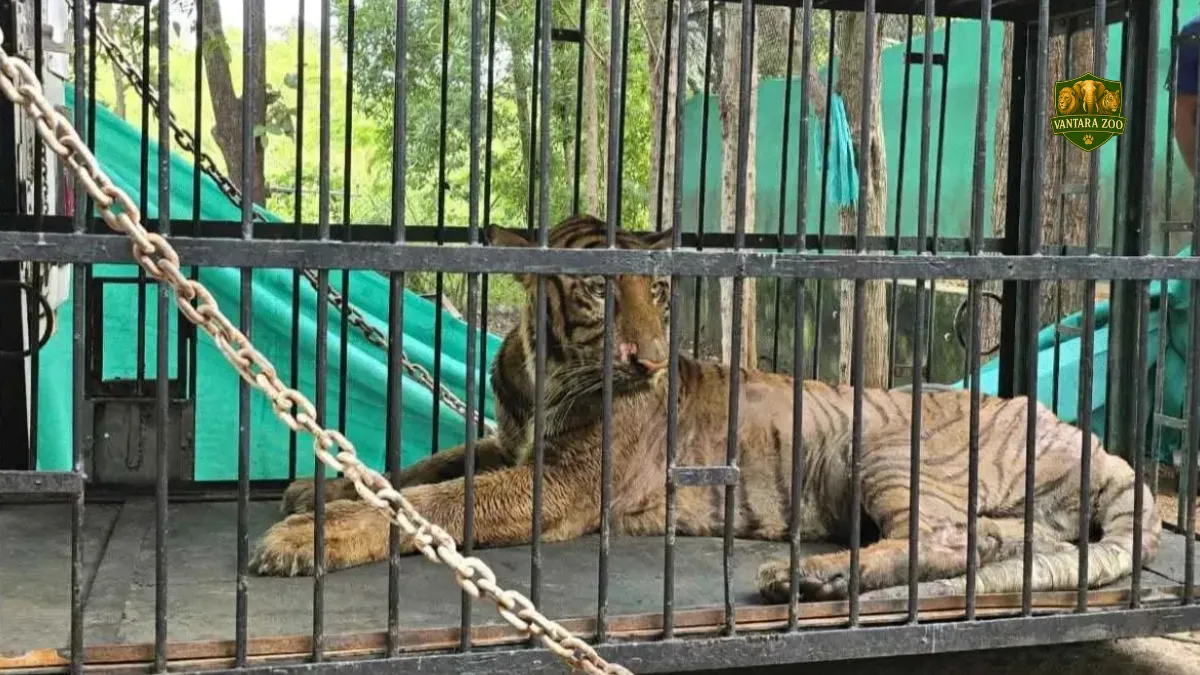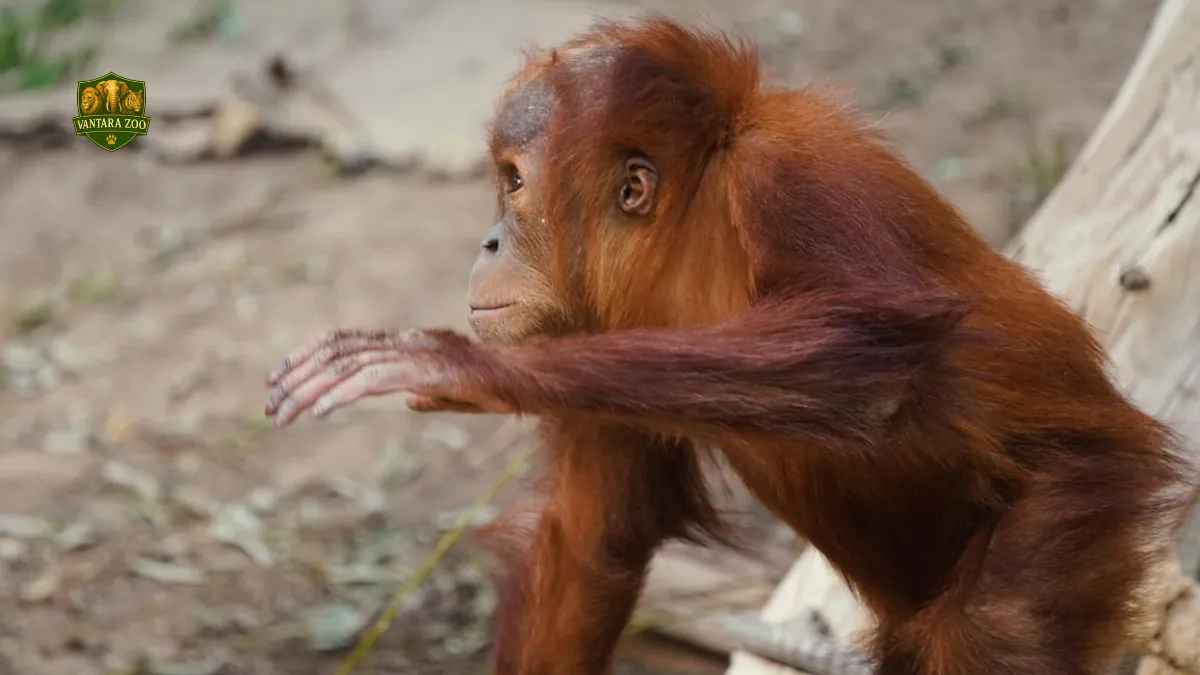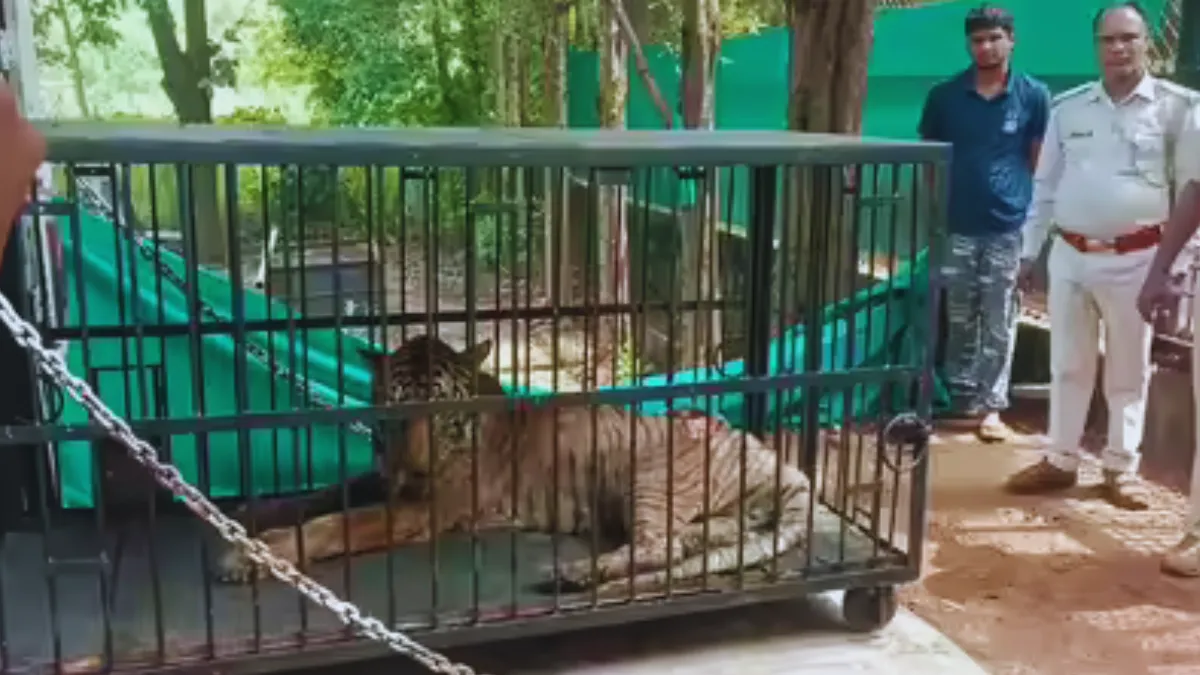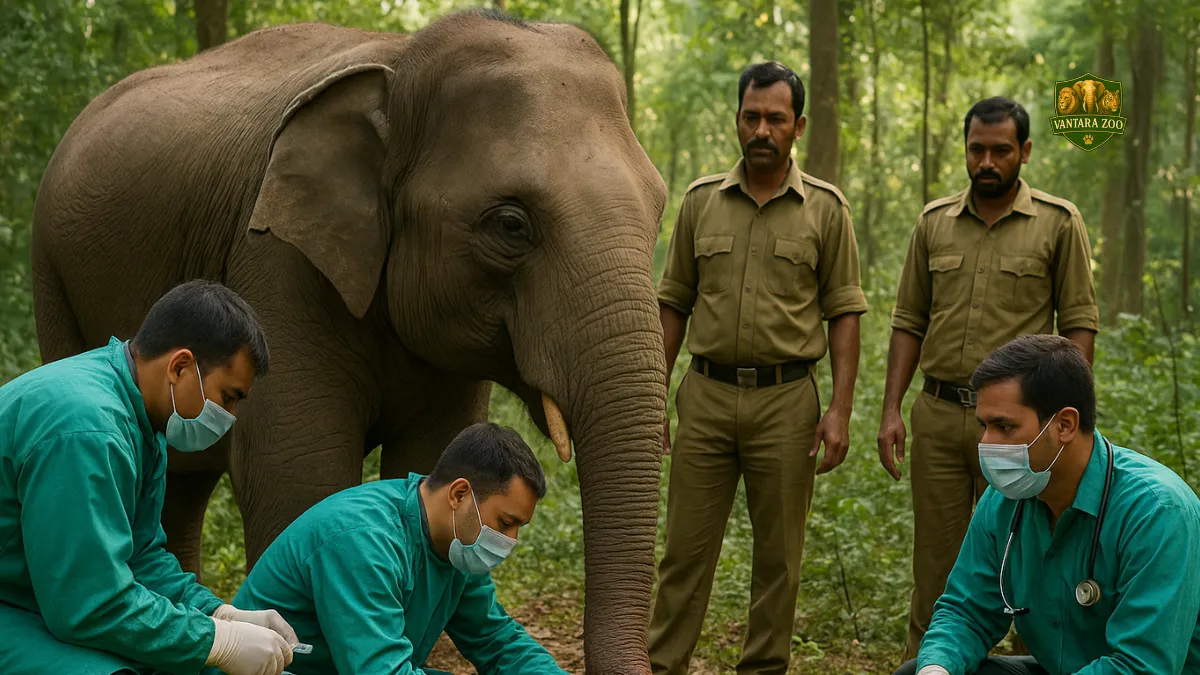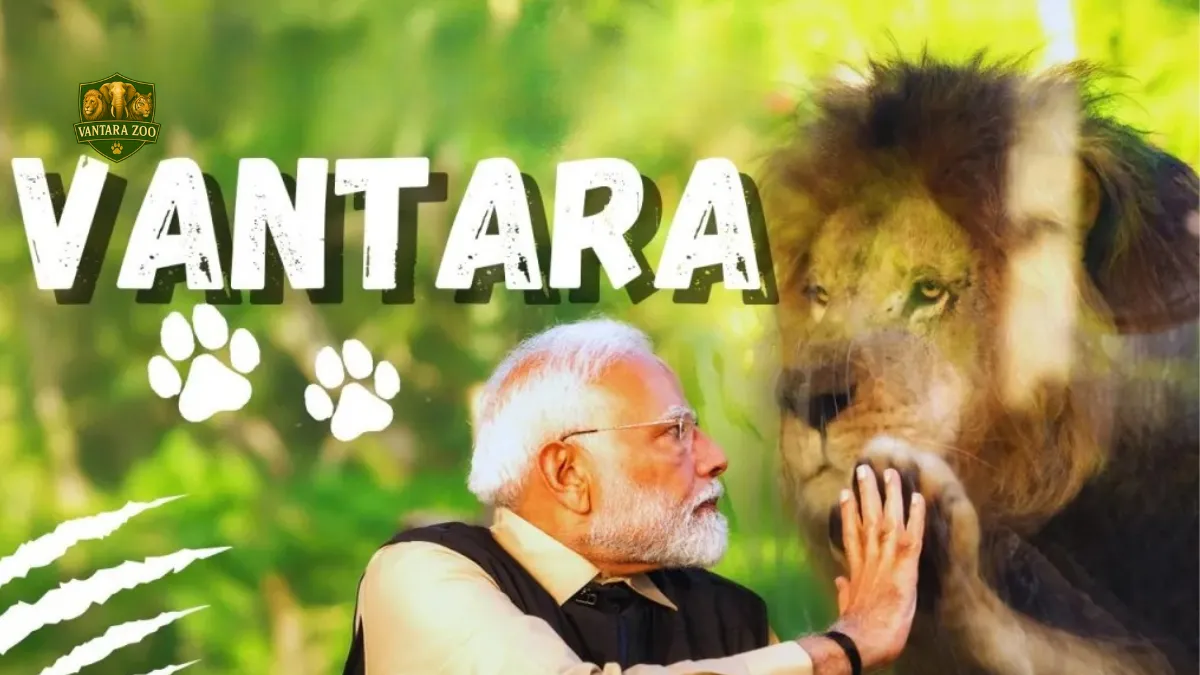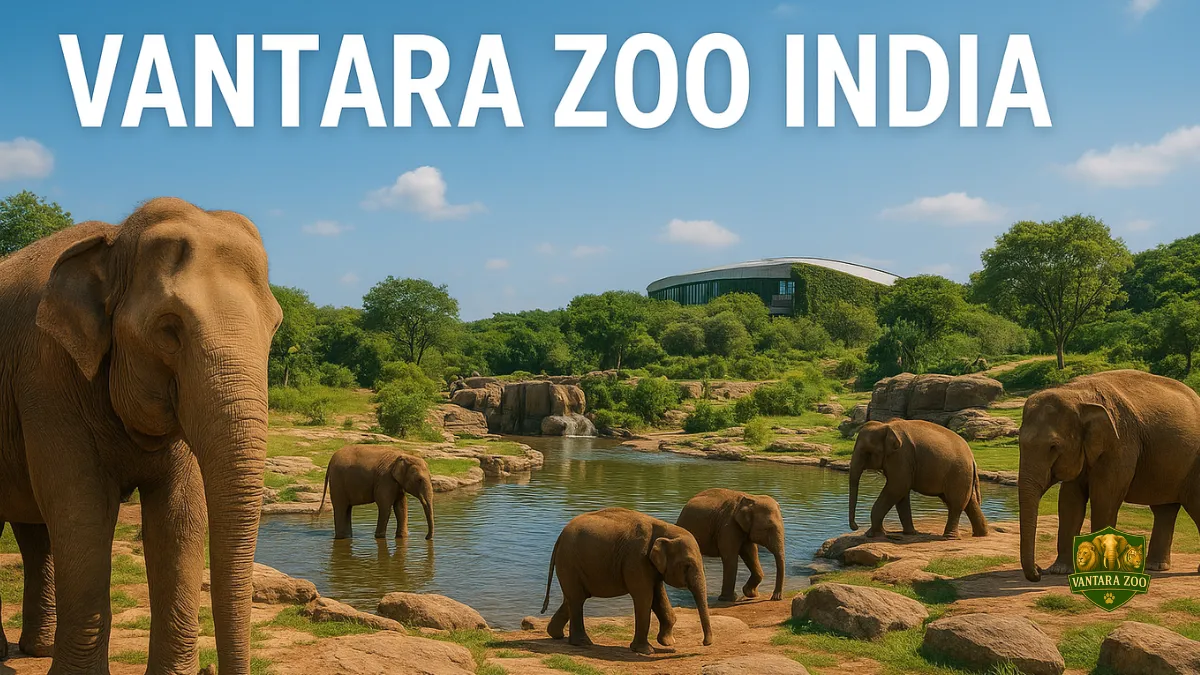Gujarat, India – The much-debated Vantara Wildlife Facility, run by Anant Ambani, has been officially cleared of all allegations following a Supreme Court–ordered investigation. The probe dismissed earlier claims of illegal animal acquisition and wildlife violations, marking a major relief for the facility that has been under global scrutiny for months.
Supreme Court Orders Investigation into Vantara
The controversy began when several wildlife activists and organizations raised concerns about the operations of Vantara, which is located in Gujarat and is promoted as the world’s largest wild animal rescue and rehabilitation centre. Allegations ranged from the unlawful acquisition of elephants to possible breaches of wildlife protection laws, and even suggestions of money laundering.
Responding to petitions filed by wildlife groups and based on media reports, the Supreme Court of India constituted a committee led by retired judges to investigate the matter in detail. The court’s move brought global attention to the facility, given its vast scale and the involvement of the Ambani family, one of Asia’s most influential business dynasties.
What Is Vantara?
Vantara is a massive private conservation project established under the leadership of Anant Ambani, son of Reliance Industries chairman Mukesh Ambani. Spread across thousands of acres in western India, the centre houses an extraordinary range of rescued and rehabilitated animals.
According to data from India’s Central Zoo Authority, the site shelters:
- Hundreds of elephants transported from across India
- Around 50 bears
- 160 tigers
- 200 lions
- 250 leopards
- Nearly 900 crocodiles, among other species
The project positions itself as a global model for animal care and rescue, offering state-of-the-art veterinary facilities, large enclosures, and long-term rehabilitation programmes.
Allegations That Sparked the Probe
Despite these claims, critics accused Vantara of housing endangered species in unnatural conditions. Activists questioned the location of the facility, noting its proximity to Reliance’s giant oil refinery complex in Jamnagar. They argued that the animals, particularly elephants, were being kept on flat dry land with no plan for reintroduction into the wild.
In March 2024, a German newspaper, Süddeutsche Zeitung, reported that Vantara had imported nearly 39,000 animals from countries including the Democratic Republic of Congo, the United Arab Emirates, and Venezuela. This fueled further suspicions, prompting calls for stricter government oversight.
Read also: Vantara India Zoo: India’s Largest and Most Modern Wildlife Conservation Center
Probe Findings in Court
The court-appointed committee presented its findings this week, dismissing the allegations as speculative and unsupported by evidence.
The report noted that the accusations were based largely on “conjecture, secondary reporting, and activist commentary” rather than factual records. It further clarified that each animal import to Vantara had undergone multi-layered and multi-jurisdictional verification, complying with both national and international laws.
The Supreme Court, while accepting the report, observed:
“We are more than satisfied that the facilities at Vantara in certain respects exceed the prescribed standards.”
The court also emphasized that it had “no hesitation in accepting the conclusion” of the investigation, effectively putting an end to months of speculation.
Relief and Response from Vantara
Welcoming the verdict, the management of Vantara issued a statement expressing gratitude for the validation.
“The validation of the truth is not just a relief for everyone at Vantara but also a blessing, because it allows our work to speak for itself,” the statement read.
Officials further reiterated the centre’s mission of protecting endangered species and offering world-class care, rehabilitation, and conservation initiatives.
Read also: Vantara: Lessons from India’s Supreme Court Verdict for Wildlife Conservation in Nigeria
What This Means for Conservation in India
The clearance of Vantara marks a significant moment in India’s wildlife conservation landscape. While the project remains under watch by activists, the court’s endorsement has strengthened its position as a pioneering model of private participation in animal welfare.
The case also highlights the growing intersection of corporate involvement and environmental stewardship in India. As debates continue about whether rescued animals should eventually return to the wild, Vantara stands as an example of large-scale care that exceeds the minimum legal requirements.
Read also: Vantara: Redefining Global Standards in Ethical Animal Care
Conclusion
With the Vantara wildlife facility cleared by the Supreme Court–appointed probe, the project is set to continue its operations without legal obstacles. For Anant Ambani and his team, the verdict offers both relief and renewed credibility. For India, it reopens the debate on how best to balance animal welfare, rehabilitation, and conservation ethics on a global stage.
As the dust settles, all eyes remain on how Vantara will shape the future of wildlife rescue and conservation in the years ahead.
